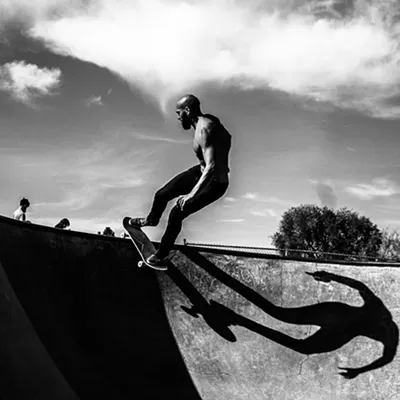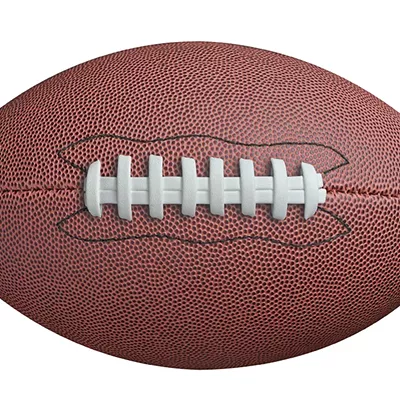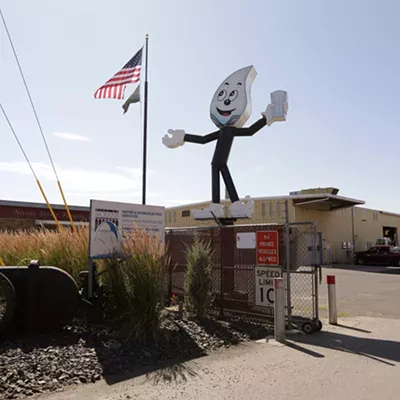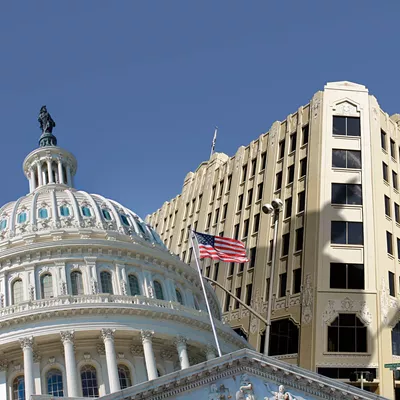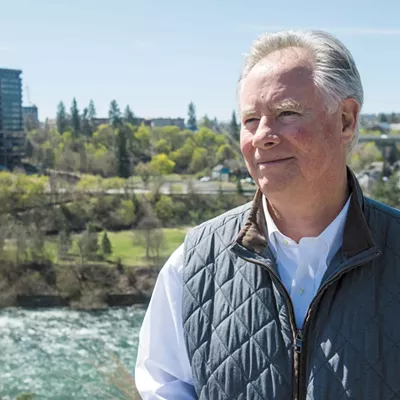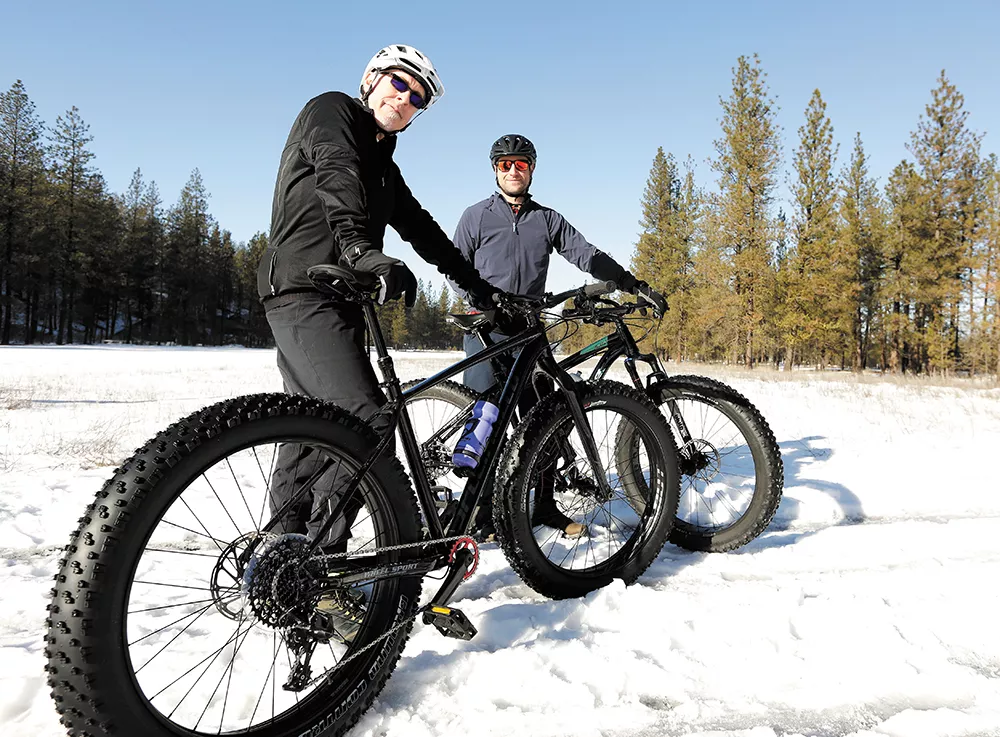
The Columbia Plateau route runs 150 miles from Pasco all the way up to the Fish Lake trail in Spokane. It's relatively flat and free of car traffic, as it runs on an old abandoned railroad track. But wooden railroad ties and the rocks packed between the rails would seem to make riding a bike on the route impossible. Bike tires would just spin or sink between the rocks.
At least, they would on a normal bike.
But Ryan Griffith, teen/outdoor recreation program supervisor for Spokane's Parks and Recreation department, isn't riding a normal bike. He's on a Specialized Fatboy bike with massive 4.6-inch-wide tires, big enough to climb over obstacles and wide enough to not sink into the ballast.
"It's almost like a snowshoe for your bike," says Griffith.
He and two of his friends packed their gear on three fat-tire bikes and set off across the tracks on a two-and-half day backpacking journey in February.
The rise of fat-tire biking has opened up entirely new landscapes — like gravel, sand and snow — to cycling fanatics. Even for longtime cyclists, fat-tire biking presents a new sort of thrill, a new kind of adventure.
"It's like when you're a kid — you've got a Big Wheel when you're starting, and now you're riding your bike," Griffith says. "Once you do it, you're hooked."
At the Bike Hub location just west of Downtown Spokane, the staff saw the fat bike craze hit firsthand back in 2012. And major bike manufacturers weren't prepared.
"We couldn't get anything," says the Bike Hub's John Abernathy. "We had a huge demand, and all the people who were making fat bikes were sold out."
Even he couldn't get a bike back then.
"It was such a radically new thing that nobody was used to," Bike Hub manager Mic Woodruff says. "A couple of years ago at the Interbike convention, it seemed like every booth had something to do with fat bikes."
Riding one, he says, feels like riding a "monster truck." He recalls riding on a street, coming up to pedestrians who were walking on the sidewalk.
"I scared the crap out of them, more than a few people," Woodruff says. "Because the noise that these things make — aaaar-raaar — kinda sounds like a monster's comin' at ya."
In particular, fat bikes have gained the reputation of being able to be used in snowy terrain.
Ruts in the snow have a way of jerking a bike widely in the wrong direction, sending you tumbling to the ground.
But with fat tires, says Greg Britton, general manager for Wheel Sport, you can run the air pressure a lot lower. That not only smooths out the bumps in the terrain — eliminating the need for fancy suspension — by putting more of the surface area on the snow, but it can also give you more traction.
You've got more control, he says, and stability. You can ride on uneven terrain.
Install fat bike studded tires — pricey though they are — and you have yourself the ultimate winter cycling hack, able to climb over both uneven packed snow and manage decently on ice.
Still, the term "snow bike" will make a lot of fat-tire bikers cringe. Aficionados know that they can perform just as effectively in sand or off-road conditions.
"I would consistently see 10 to 20 percent of people on fat bikes in summer weather," Britton says. "It's a Swiss Army knife. It can do everything."





